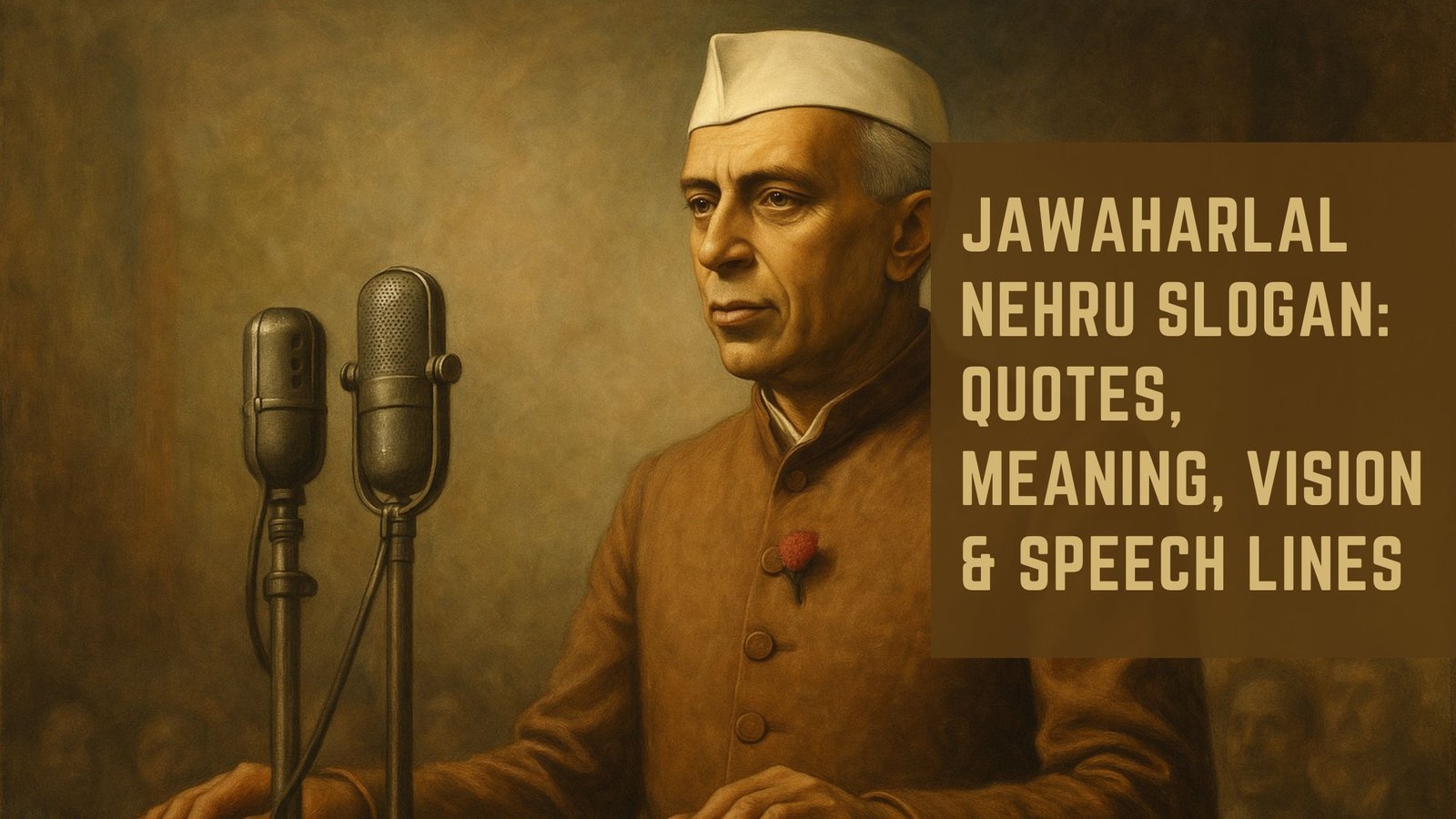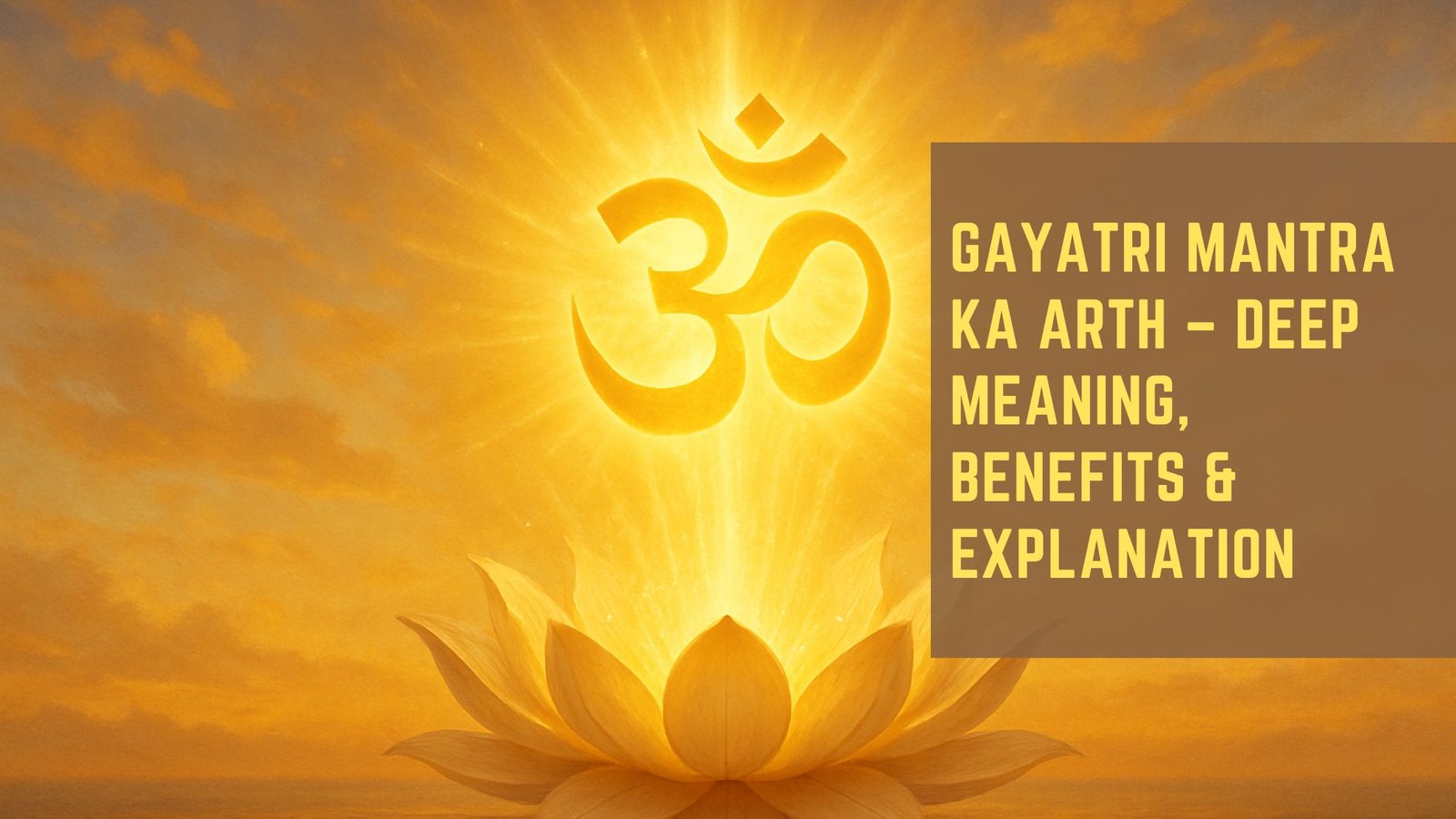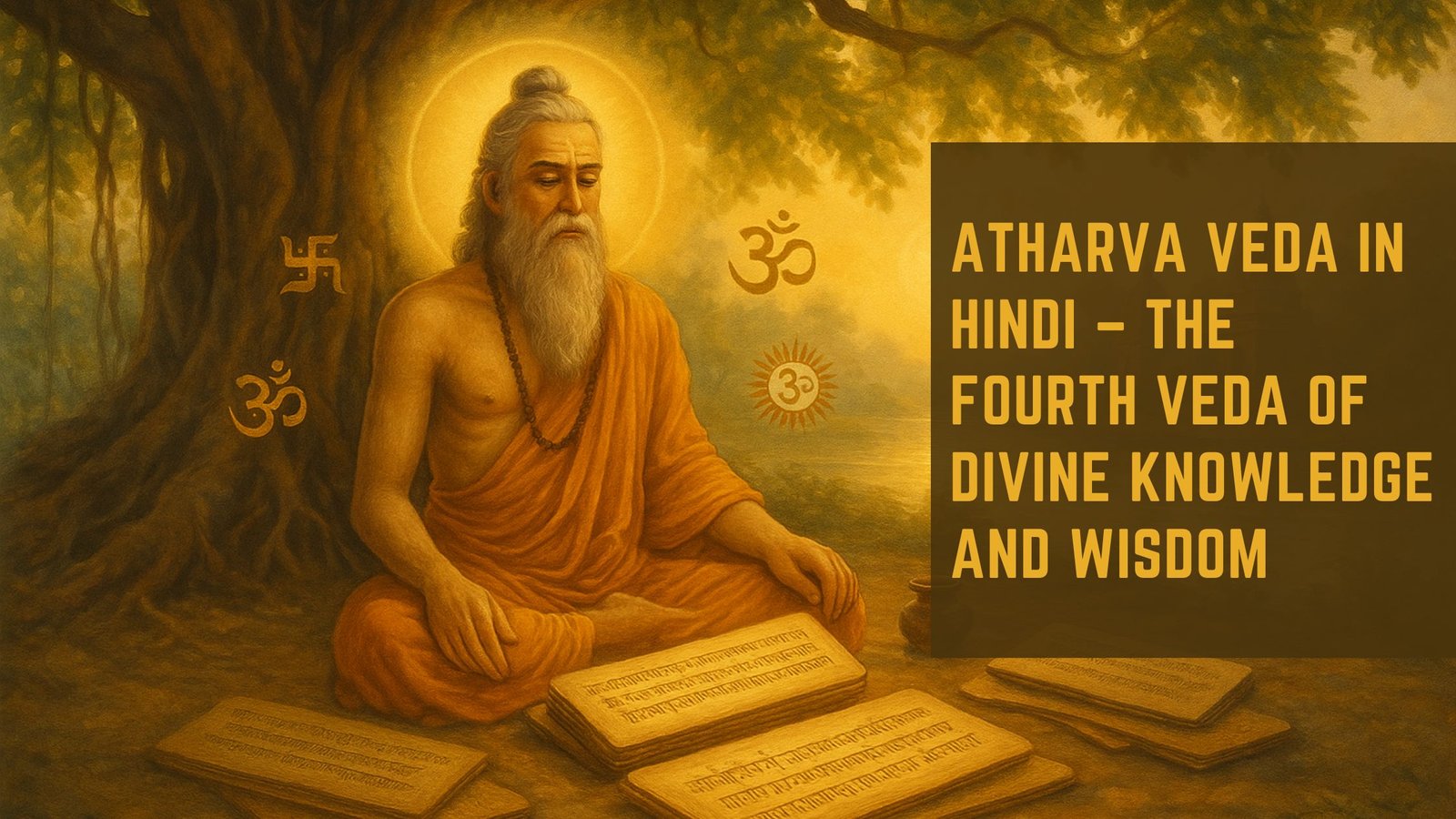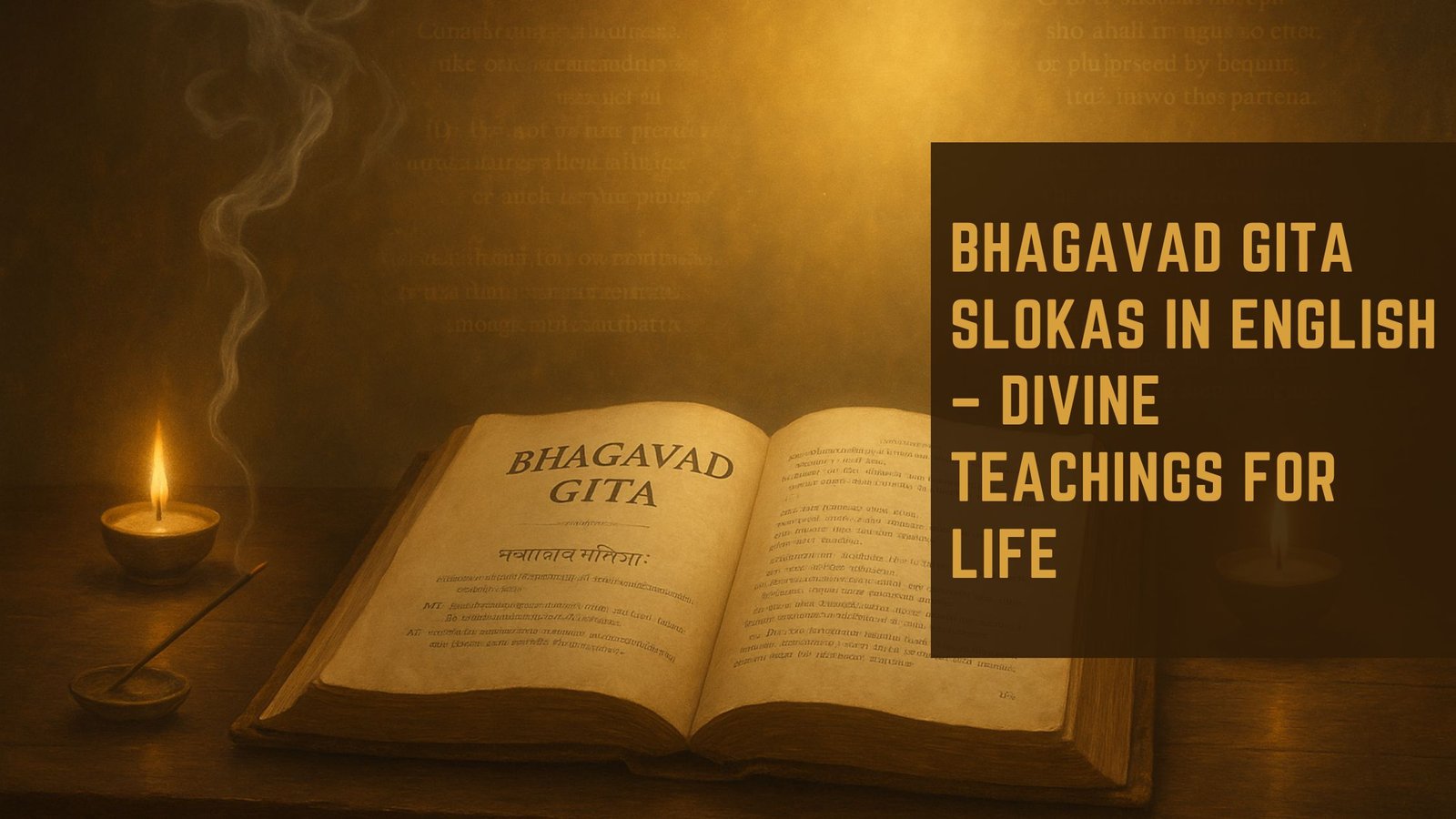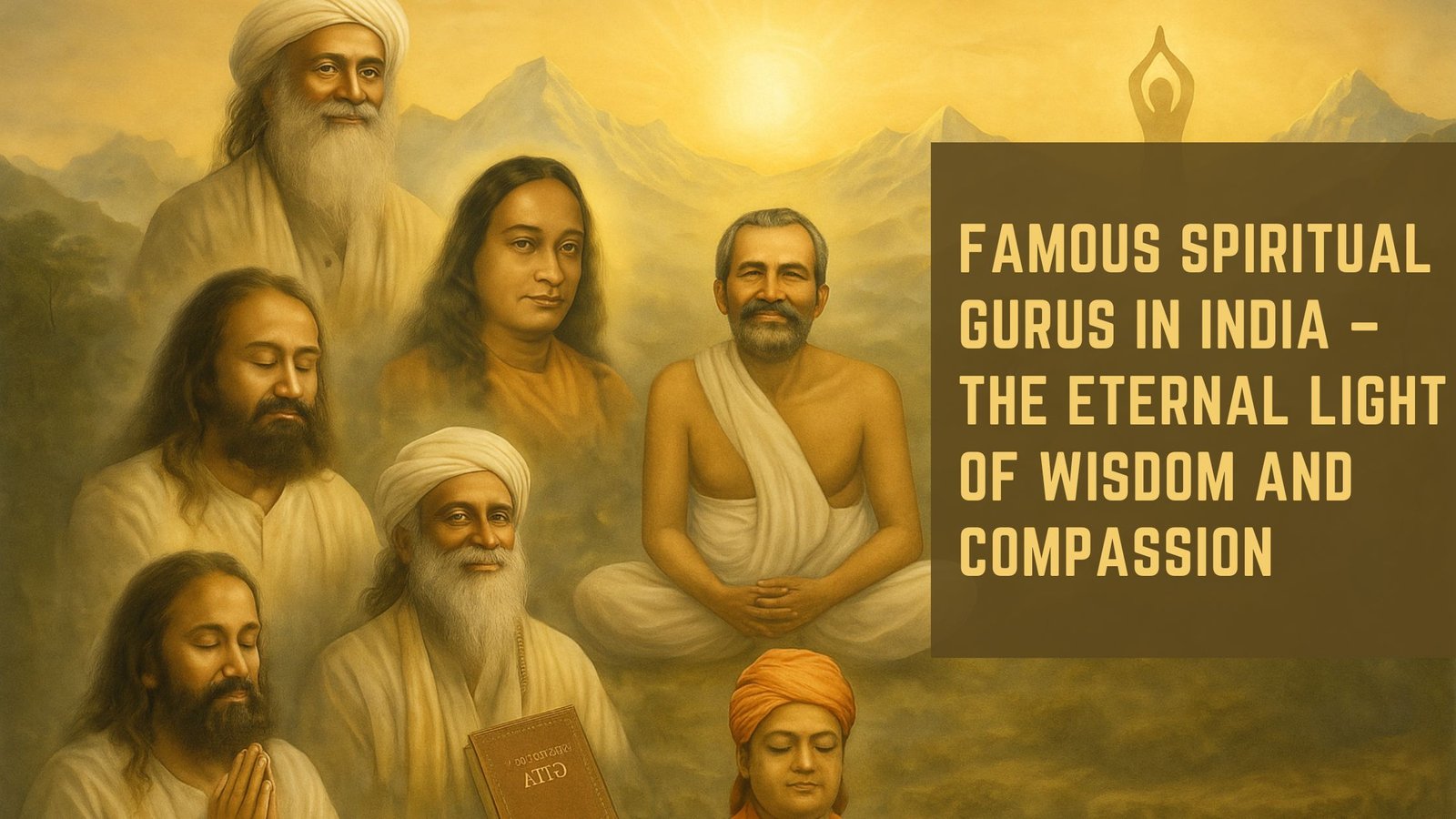The Bhagavad Gita, a revered text in Hindu philosophy, serves as a profound guide to understanding the complexities of life, duty, and spirituality. Within its 700 verses, it encapsulates the essence of human existence and the pursuit of truth. One of the pivotal verses, Bhagavad Gita 4:5, presents a significant teaching that resonates with seekers of wisdom across generations.
In this verse, Lord Krishna reveals the timeless nature of the soul and the continuity of existence beyond physical death. This teaching not only addresses the philosophical inquiries of life and death but also emphasizes the importance of understanding one’s true self. In this context, Bhagavad Gita 4:5 states, “The wise lament neither for the living nor for the dead.” This profound statement invites individuals to reflect on the nature of life and the eternal soul.
It encourages a perspective that transcends the immediate concerns of mortality and loss, urging individuals to recognize the deeper reality of existence. By understanding this verse, one can begin to grasp the essence of wisdom as portrayed in the Gita, which is not merely an intellectual exercise but a transformative realization that can lead to inner peace and clarity.
Key Takeaways
- The Bhagavad Gita 4:5 introduces the concept of wisdom and its significance in spiritual growth.
- Wisdom in the Bhagavad Gita is seen as the ability to see beyond the surface and understand the true nature of reality.
- Bhagavad Gita 4:5 emphasizes the importance of wisdom in guiding one’s actions and decisions.
- The connection between action and wisdom in the Bhagavad Gita highlights the need for conscious and informed choices.
- Applying the teachings of Bhagavad Gita 4:5 in daily life involves integrating wisdom into one’s thoughts, words, and actions.
Understanding the concept of wisdom in the Bhagavad Gita
The Impermanence of the Material World
The Gita emphasizes that true wisdom arises from recognizing the impermanence of the material world and understanding the eternal nature of the soul. This realization allows individuals to navigate life’s challenges with equanimity and grace.
The Practice of Detachment
Moreover, wisdom in the Gita is closely linked to the practice of detachment. The teachings encourage individuals to perform their duties without attachment to the fruits of their actions. This principle of selfless action, or karma yoga, is a pathway to achieving wisdom.
A Practical Approach to Living
By focusing on one’s responsibilities and surrendering the outcomes to a higher power, individuals cultivate a sense of inner peace and clarity that is essential for true understanding. Thus, wisdom is not just an abstract idea but a practical approach to living harmoniously in a world filled with uncertainties.
Exploring the significance of Bhagavad Gita 4:5

The significance of Bhagavad Gita 4:5 extends beyond its immediate context; it serves as a cornerstone for understanding life’s transient nature. By stating that “the wise lament neither for the living nor for the dead,” Krishna invites individuals to rise above emotional turmoil and grief associated with loss. This teaching encourages a broader perspective on existence, urging individuals to recognize that life and death are merely phases in the eternal journey of the soul.
Furthermore, this verse highlights the importance of cultivating a mindset that embraces acceptance rather than resistance. In a world where loss is inevitable, understanding that the soul is eternal can provide solace and strength during difficult times. The wisdom imparted in this verse encourages individuals to focus on their spiritual growth rather than being consumed by sorrow or fear.
By internalizing this teaching, one can develop resilience and a deeper appreciation for life’s fleeting moments, ultimately leading to a more fulfilling existence.
The connection between action and wisdom in the Bhagavad Gita
| Verse | Action | Wisdom |
|---|---|---|
| Chapter 2, Verse 47 | Perform your duty without attachment to the results | Understanding the nature of the self and the impermanence of the physical body |
| Chapter 4, Verse 33 | Performing one’s duty as an offering to the divine | Recognizing the divine presence in all beings |
| Chapter 3, Verse 16 | Performing actions without selfish desires | Understanding the interconnectedness of all beings and the importance of selfless service |
In the Bhagavad Gita, action and wisdom are intricately connected through the principles of karma yoga and selfless service. The text teaches that engaging in righteous action while maintaining a sense of detachment from results leads to true wisdom. This connection emphasizes that wisdom is not merely theoretical; it must be applied in daily life through conscious actions aligned with dharma, or one’s duty.
Krishna elucidates that performing one’s responsibilities with dedication while remaining unattached to outcomes fosters a deeper understanding of life’s purpose.
By recognizing that actions are part of a larger cosmic order, individuals can transcend personal desires and ego-driven motivations.
Thus, wisdom manifests through action when one acts selflessly, contributing positively to society while remaining anchored in spiritual awareness.
Applying the teachings of Bhagavad Gita 4:5 in daily life
Integrating the teachings of Bhagavad Gita 4:5 into daily life requires conscious effort and reflection. One practical application is developing an attitude of acceptance towards life’s inevitable changes and losses. By recognizing that both joy and sorrow are transient experiences, individuals can cultivate resilience and emotional stability.
This perspective allows them to navigate challenges with grace, understanding that every experience contributes to their spiritual growth. Additionally, individuals can practice mindfulness in their actions by focusing on their duties without attachment to outcomes. This approach encourages them to engage fully in their responsibilities while surrendering any expectations regarding results.
By doing so, they can experience greater fulfillment in their endeavors and foster a sense of inner peace. Embracing this teaching not only enhances personal well-being but also positively impacts relationships with others, as it encourages compassion and understanding in times of difficulty.
The role of self-realization in unlocking wisdom

Transcending Ego and Material Attachments
Self-realization plays a crucial role in unlocking wisdom as described in the Bhagavad Gita. It involves recognizing one’s true nature beyond physical identity and societal roles. This profound understanding allows individuals to transcend limitations imposed by ego and material attachments.
Accessing Deeper Layers of Consciousness
Through self-realization, one can access deeper layers of consciousness that reveal the interconnectedness of all beings. The journey towards self-realization often involves introspection, meditation, and contemplation on spiritual truths. As individuals delve into their inner selves, they begin to uncover insights that lead to greater clarity and understanding.
Unlocking Profound Wisdom
This process aligns with the teachings of the Gita, which emphasize that true wisdom arises from within rather than external sources. By fostering self-awareness and embracing one’s spiritual essence, individuals can unlock profound wisdom that guides them through life’s complexities.
The importance of seeking guidance from the Bhagavad Gita
Seeking guidance from the Bhagavad Gita is essential for those on a quest for wisdom and spiritual growth. The text serves as a timeless source of knowledge that addresses fundamental questions about existence, purpose, and morality. By engaging with its teachings, individuals can gain insights that resonate with their personal experiences and challenges.
Moreover, studying the Gita under the guidance of knowledgeable teachers or through group discussions can enhance understanding and application of its principles. Engaging with others who share similar aspirations fosters a sense of community and support on the spiritual journey. The collective exploration of these teachings can lead to deeper insights and shared experiences that enrich one’s understanding of wisdom as presented in the Gita.
Embracing wisdom through the teachings of the Bhagavad Gita
In conclusion, embracing wisdom through the teachings of the Bhagavad Gita offers individuals a transformative path towards self-discovery and spiritual fulfillment. The insights provided in verses like 4:5 encourage seekers to transcend emotional turmoil associated with loss while fostering resilience and acceptance in life’s ever-changing landscape. By understanding the connection between action and wisdom, individuals can navigate their responsibilities with grace while remaining anchored in spiritual awareness.
Ultimately, the journey towards wisdom is deeply personal yet universally relevant. The teachings of the Bhagavad Gita serve as a guiding light for those seeking clarity amidst life’s complexities. By applying these principles in daily life and engaging in self-realization, individuals can unlock profound insights that lead to lasting peace and fulfillment.
As they embrace these teachings, they embark on a journey towards wisdom that transcends time and space, enriching their lives and those around them.
In Bhagavad Gita chapter 4 verse 5, Lord Krishna imparts the eternal wisdom of the Gita to Arjuna, emphasizing the importance of understanding the nature of man and the spiritual wisdom that guides one’s actions. This verse highlights the profound teachings found in the Bhagavad Gita, which delve into the essence of human existence and the path to spiritual enlightenment.

